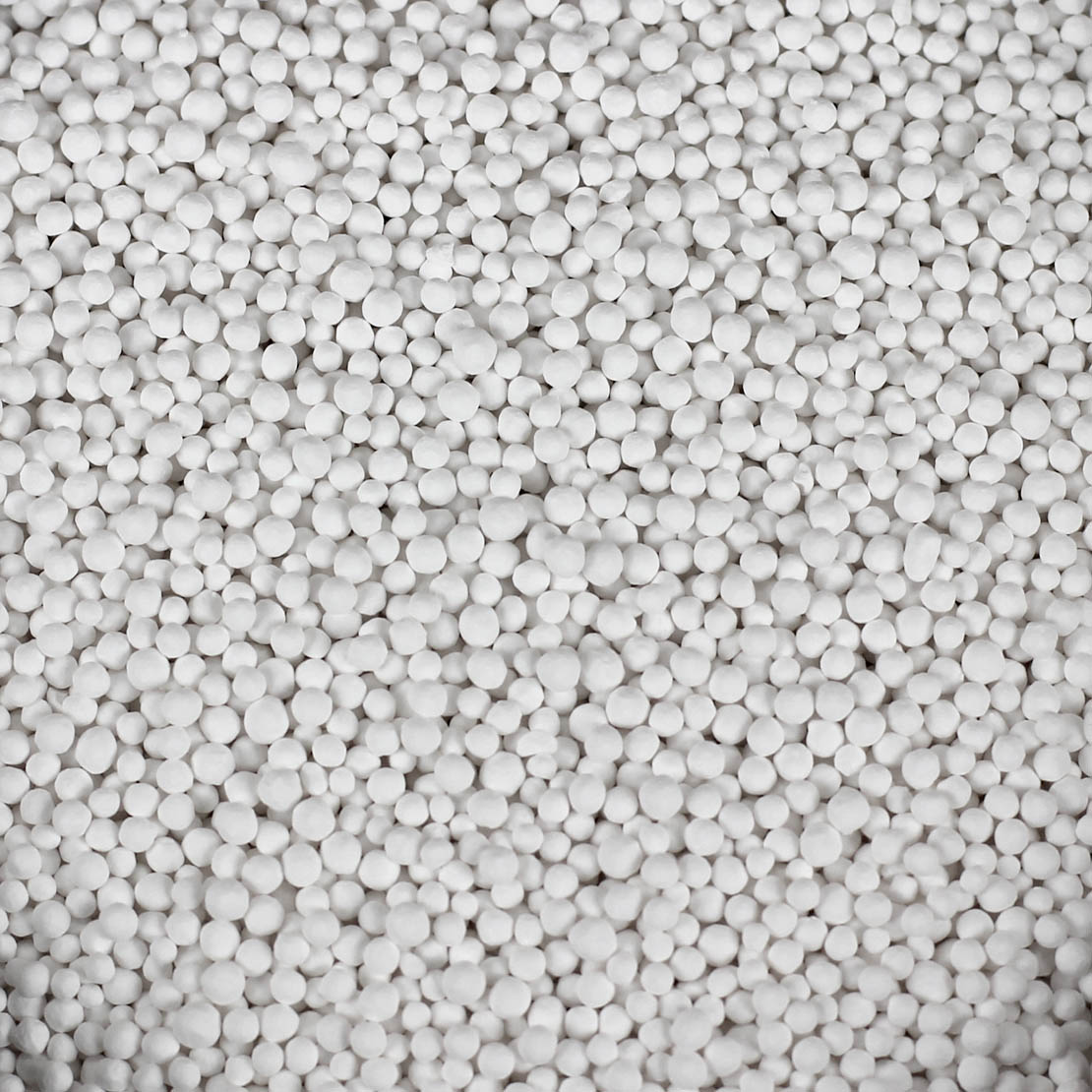Filtration


PhosGuard™
メーカー小売希望価格
100mlバッグ入り.....¥1,800(税込)
250ml.....¥2,800(税込)
1000m.....l¥8,400(税込)
2000ml.....¥15,200(税込)
4000ml.....¥28,000(税込)
20L.....¥85,000(税込)
水槽の立ち上げ時に多く発生する珪藻(茶ゴケ)の元となるケイ酸塩、およびラン藻発生の原因物質の 一つであるリン酸塩を強力に吸着除去します。 PhosGuardは淡水と海水の両方で効果を発揮しますが、海水でより効果的に作用します。 PhosGuardはアクアリウム専用設計で作られており、工業用に作られた一部の製品とは異なります。 特別に作られた粒の形状は水流に絡みやすく、効率と容量の両方が大きく向上します。 材質には高品質なアルミナオキサイドを使用し、1gあたり0.85mgの吸着能力があります。 また、専用設計されたPhosGuardは一般的な使用環境下で吸着されたリン酸塩・ケイ酸塩が水中に放出されることはありません。シーケム独自の検査ではPH8.0付近でのアルミニウムの溶出は無く、PH5.3の環境下で3倍量の本製品を使用した場合でもわずか0.02mg/Lのアルミニウムの測定にとどまります。
使用量
海水水槽100L毎に43mLを使用します。
淡水水槽100L毎に22mLを使用します。
本製品は初回、水と接触すると発熱する可能性があります。使用前にシーケムZip Bagやネットバックに入れて淡水に浸し、軽くすすいでください。
流量の多い場所に設置することでより早く吸着をします。2〜4週間に一度の割合でろ材を交換してください。
吸着終了までの期間はお客様ごとに異なります。それは水槽内のリン酸塩やケイ酸塩の量が個々のお客様の水槽で異なる為です。費用対効果を重視する場合や、サンゴでも水質に敏感な個体の場合はリン酸塩が0になってしまうリスクもある為、期間を決めた交換ではなく、水質測定をしながら交換時期を見つけていただく事が理想です。結果リン酸塩濃度も安定し、コストも最小限に抑えることができます。
使い始め
一般的な海水水槽の場合、使用前のリン酸塩値と4 日間程度経過した数値を比較確認(記録)してください。更に数日後に測定し、前回の記録した数値と比較します。数値が低下している場合や、数値に変化がない場合は更に数日後に水質測定をしてください。数値が上昇している場合は吸着限界値に達したと判断でき、交換が必要になります。
何度かこのような事を繰り返すことで、お客様の水槽でのリン酸塩の蓄積量や交換時期についてのパターンを予想することができるようになり、水質試薬の測定頻度を減らして交換を行うことができるようになります。
リン酸塩は微生物にも利用され、生態系の維持にも使用されます。フォスガードは下記に注意してご使用いただく事で、効率よくご使用いただけます。
A: 一部のメーカーは、アルミニウムベースのリン酸除去製品はレンジや高温で再生できると案内している場合があります。残念ながらバルク酸化アルミニウムメーカーが提供する解釈に基づいています。その方法は一般的ではない為、再生はできないとお考えください。
A: 商品説明でも記載したように、専用設計されたPhosGuardは一般的なpHの中での放出はしません。こちらより英語表記となりますが、レポートをご確認いただけます。
A: リン酸塩濃度が急速に低下した事で、サンゴがストレスを受ける可能性があります。その為、使用量を守り、一度に大量にしないことがポイントです。
A: 吸着量に達していなければ、乾燥させて保管可能です。
